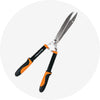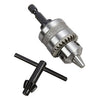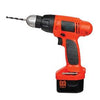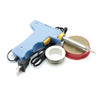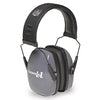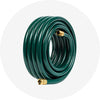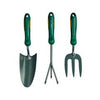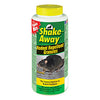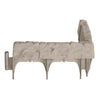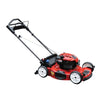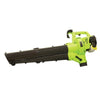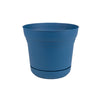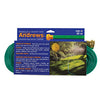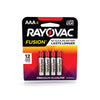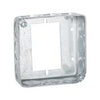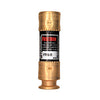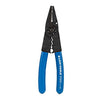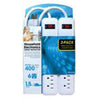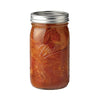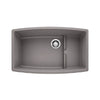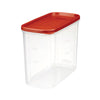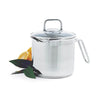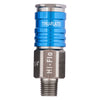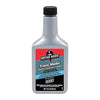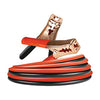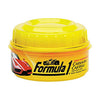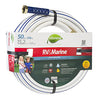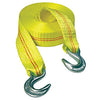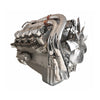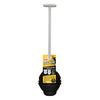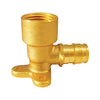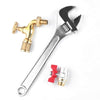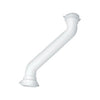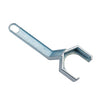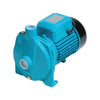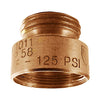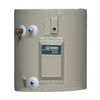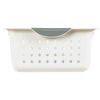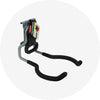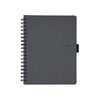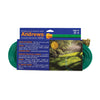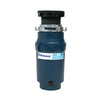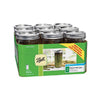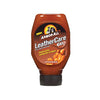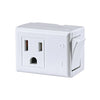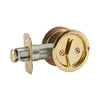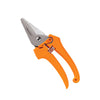Types of fishing knots
∙ min read
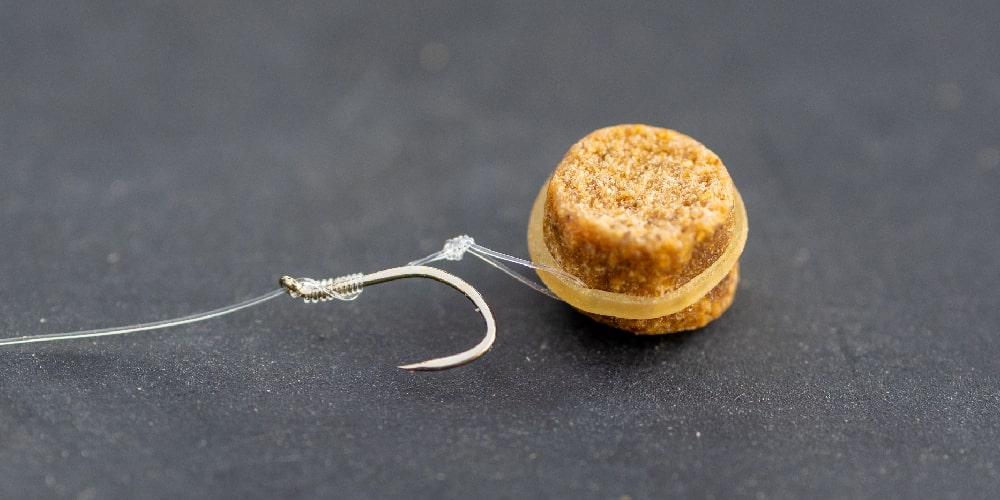
Many fishing knots can be used depending on the type of fishing line, the bait or lure, and the type of fishing to do. Fishing knots are essential for any fisherman, as they allow you to join different pieces of line, hooks, lures, flies, or other fishing accessories.
It is also important to note that not all knots are compatible with all lines or fishing lines; they vary depending on their material and diameter.
The arbor knot is one of the essential fishing knots to get started in this world. It works by attaching the fishing line to the reel part of the fishing rod. Here we show you how to tie it step by step.
- First, make a simple knot at the end of the line.
- Then, pass the line through the rod's reel and tie a standard shoe knot around the remaining line.
- Subsequently, tie the same shoe knot again at the end of the fishing line, approximately 5 cm from where the first knot was tied.
- As the line is stretched, the knots will tighten, and the second knot should jam against the first.
- Tighten both (joined) knots towards the spool shaft of the reel, and that's it!
Next, we will describe other fishing knots.
- Blood knot: used to join two pieces of line, either of different or equal diameter. This knot is strong and slides easily through the rod guides.
- Slip loop knot: This versatile knot is used to make adjustable loops in the line. For example, it can create a loop around the bait or lure, allowing you to adjust the bait's position on the line.
- Uni knot: is a strong and easy-to-tie knot used to join two pieces of a line of equal or different diameters. This knot is very reliable and slides smoothly through the rod guides.
- Albright knot: used to join two pieces of a line of different diameters. It is a robust reliable knot that slides smoothly through the rod guides.
- Surgeon's knot: usually used to join lines of the same diameter, although experienced fishermen use it during high activity. Its advantages are that it is strong, fast to make, and not bulky.
- Palomar knot: this strong and reliable knot attaches hooks, flies, and lures to the line. It is especially effective on monofilament and fluorocarbon lines. In addition, it is solid, strong, and quick to tie.
These are just some of the most common fishing knots, but many more can be used depending on the fishing situation. It is essential to learn how to tie knots correctly and practice them before fishing to ensure they are strong and reliable for your fishing to be successful.
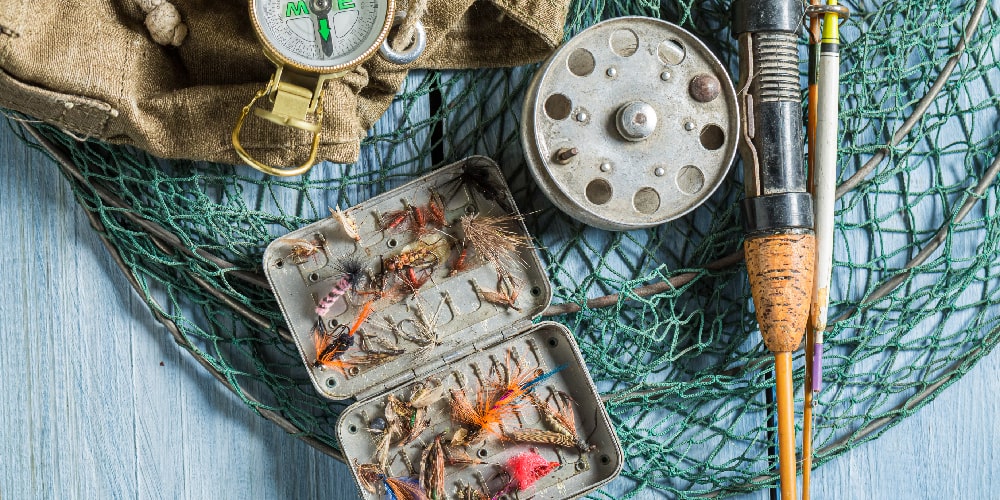
Max Warehouse accompanies you to your fishing days
If you're a fishing enthusiast, you know that having the right equipment is crucial to making the most out of your fishing experience. At Max Warehouse, we offer a wide range of high-quality fishing lines, nets, reels, and other fishing accessories that can help you improve your fishing game.
We hope you found this article on fishing knots helpful. For more informative content like this, be sure to check out our blog. And if you have any further questions or concerns, don't hesitate to contact us directly. Our team is always happy to help and participate in your fishing journey. Thank you for choosing Max Warehouse as your go-to fishing supply store.
Resources:
- https://tublogdepesca.com/nudos-de-pesca-para-todo-tipo-de-modalidades/
- https://espesca.com/nudos-de-pesca/
